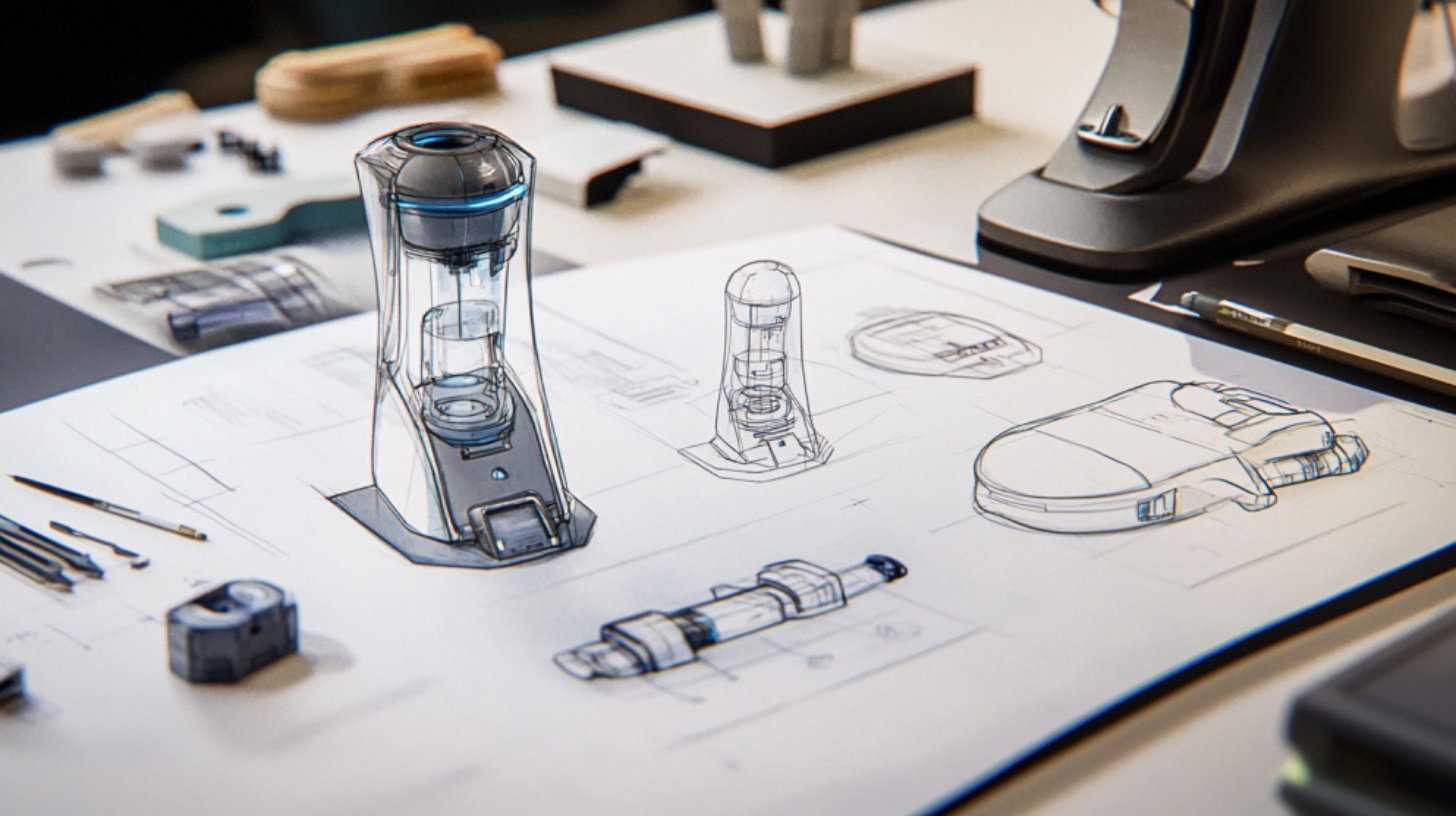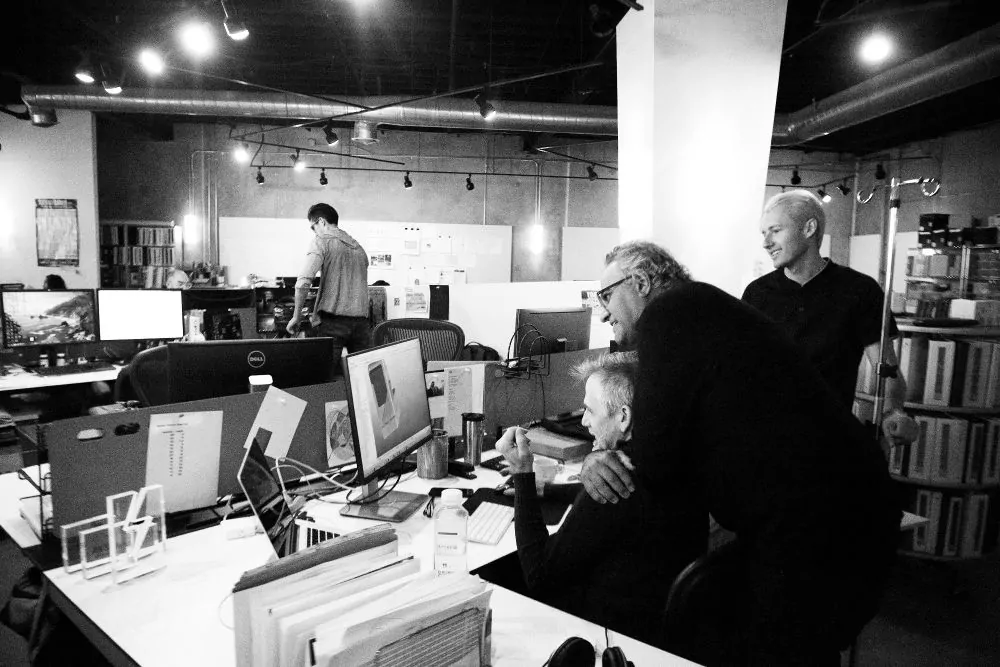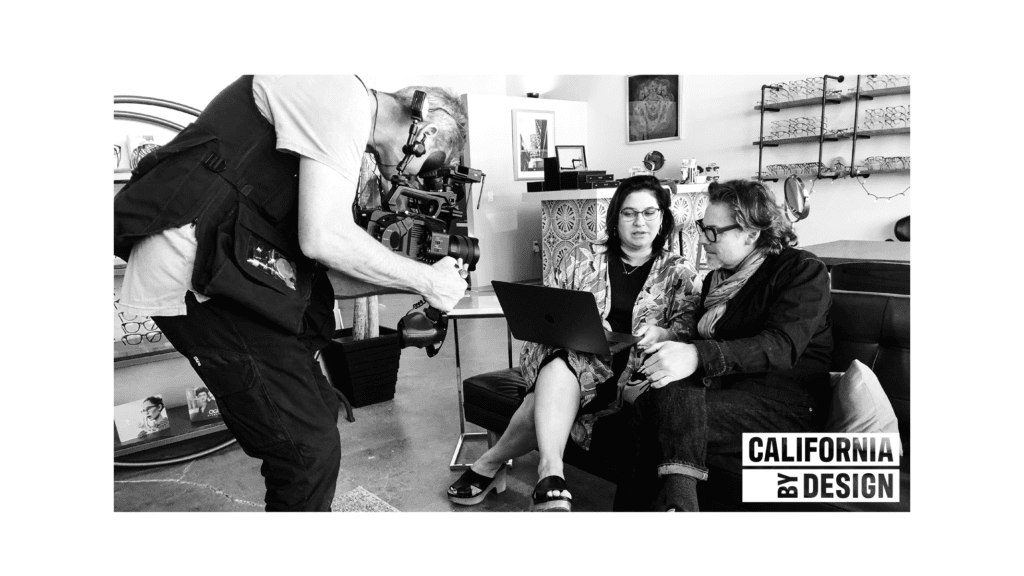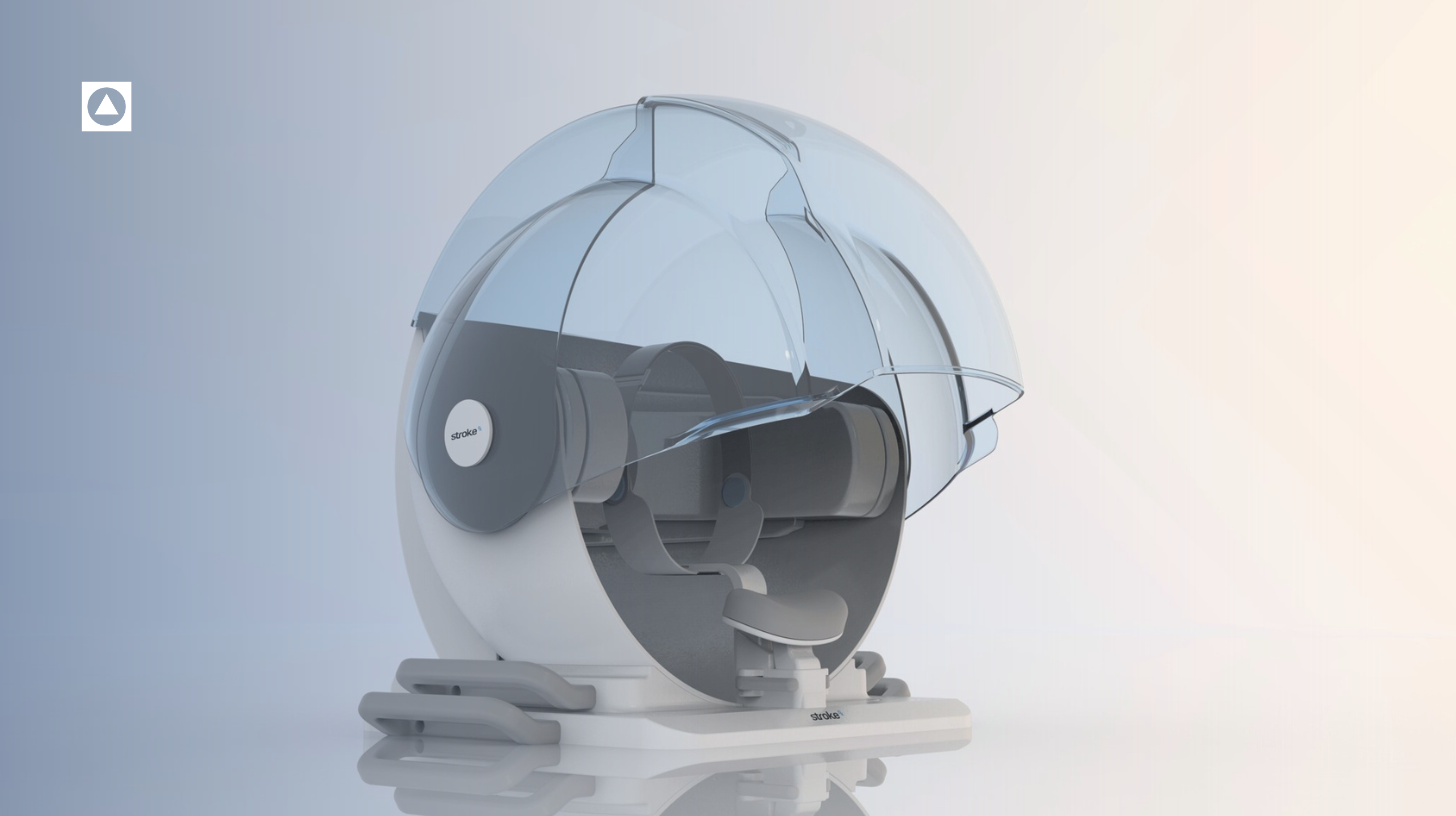
The second of six California By Design episodes will air on the 4th of July at 3:00 on KCBS Los Angeles and 7:00 on KPIX San Francisco Bay Area! We are excited to show you a peek behind the scenes of our incubation of LoanGifting, a Fintech solution for student debt reduction through crowdfunding and employer benefits. With 45 million people in the United States carrying the burden of 1.6 trillion dollars in personal debt, the RKS Team forecasted this threat to our economy and college graduates in 2015 but saw no movement from the U.S. Senate or Congress to address the rising debt crisis. So we took it upon ourselves to create a service that empowers people and employers to live free from the burden that they wake up to every morning.
The RKS process, Psycho-Aesthetics, was first exercised internally as a passion project to identify problems in this country that design could help solve. Through the use of our Design Thinking toolset, the concept of applying crowdfunding to the student debt crisis arose. We imagined people asking their family for LoanGift for the holidays and birthdays instead of receiving a gift card, iTunes card or—worse yet—another sweater!
To understand what was in peoples’ heads and hearts, we needed to take a deeper dive. We enlisted the help of Dr. Bob Deutsch, the renowned cognitive psychologist we’ve worked with since reinventing the Amana brand together with advertising giant DDB and BCG in 1999. Together we interviewed for a week—from 8:00am through 10:00pm—students collecting debt, graduates with debt, people who had to drop out because of the debt, people who went to vocational schools, and acquired debt but landed no jobs, employers, family members and philanthropists. Their hearts and souls were revealed by the dialogue of Dr. Deutsch, looking for those critical insights that would help us assist the tens of millions in need out there.
One insight in particular that stood out was that families, parents, grandparents, aunts, and uncles felt a pressing need to help rid their family members of the burden. They felt it was their responsibility to put their family through school and had remorse that they couldn’t do so and were looking for a way to help. At the same time, they felt that a check simply handed over to the person in debt might not be applied to the loan, and those who tried to pay the loan down themselves were met with insurmountable difficulty in doing so; there’s no facility with the banks to help people pay down the debt of others.
Armed with our knowledge, insight and empathy—together with our developer—we enlisted as a cofounder. We embarked on a simple plan that uncovered more needs to create a strong user journey:
- Help them find their loans, and there’s a new one for every term so a person could easily have eight, 10, or even 20 individual loans, each with different banks. Aside from getting a bill every month, we decided to start their journey by designing for them a dashboard of debt, showing how much they owed, when it would be paid off, and what interest rates were being charged.
- Next, we saw that they needed to tell their story so we built a user profile and provided the ability to use video so that they could connect emotionally—not by pleading poverty but by celebrating their accomplishments, their efforts, and how much the gifts would make a difference in their lives.
- Now came the next challenge how to connect with their friends and family. So we developed a CRM of sorts. They could download their contacts into a dashboard, send out invitations, track them contact contact and even group them. When they receive a gift, the system pings them with a celebration email and triggers a return thank-you. It also tracks who opened your invitation and who sent gifts, including the date and amount.
- Finally, we saw that employers were looking for ways to attract and retain talent. So we incorporated into the system a simple way for companies to enroll and provide bonuses and monthly payments, seeing that it’s the number one benefit people are seeking.
We designed and developed the Application to be simple, approachable, and intuitive for student debt holders to track all of their debts while engaging and creating a community with others going through the same thing. We wanted to make the platform so easy to navigate that anyone can give a LoanGift by merely opening the invitations and hitting a few keys and entering their credit card. In return, they immediately see how much money they saved the recipient by paying off principal now and eliminating future interest (about 1.4 times what they gifted). In addition, they see by how much they have shortened the life of the debt.
“Creating a user experience that empowers the user instead of intimidating them was the goal when we started to design the Loangifting platform. How could we create something that felt more like a social media experience than a corporate institution? The interface had to feel friendly and approachable. User interviews and persona studies were crucial to this process and informed the final solution you see today.”- Dean Loock, Senior Designer at RKS Design
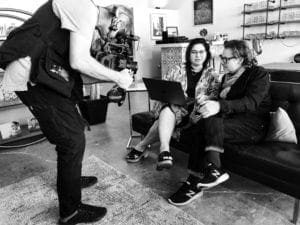 “The student loan crisis is a serious problem, and loan gifting gives people a tool to help relieve some of that debt. Loan gifting has allowed me to start my own practice without the daunting task of tackling all of my student debt on my own. It’s a no brainer.” -Claire Azzam, CEO and Optometrist of Bridge & Temple
“The student loan crisis is a serious problem, and loan gifting gives people a tool to help relieve some of that debt. Loan gifting has allowed me to start my own practice without the daunting task of tackling all of my student debt on my own. It’s a no brainer.” -Claire Azzam, CEO and Optometrist of Bridge & Temple
Airs July 4th, 2020
KCBS Los Angeles-Saturdays at 3PM
KPIX Bay Area Saturdays at 7 PM
Encore Broadcasts
KBCW Bay Area-Starts June 28th at 11:30 AM
KCLA Los Angeles-Starts July 4th at 5:30 PM

